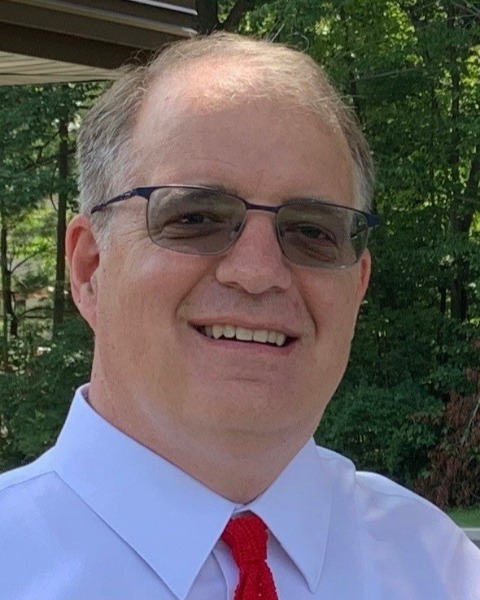Manufacturing & Analytical Characterization
Symposium: Navigating the Complexities of Novel Modalities and Delivery Systems 2
Analytical Control Strategy for Half-Life Extension Features of Biotherapeutics
Tuesday, November 11, 2025
10:30 AM - 11:00 AM CT
Location: 302 ABC

Kevin Gurney, PhD (he/him/his)
Distinguished Scientist
Merck Research Laboratories
Rahway, New Jersey
Speaker(s)
Biotherapeutics are often designed with the addition of chemical or protein features to the active component of a biotherapeutic that extends the serum half-life thereby reducing the frequency of dosing needed to maintain therapeutic levels. A common feature that is naturally associated with antibodies is the Fc region that interacts with the neonatal Fc receptor (FcRn) to be recycled away from the lysosome degradation compartment and back into circulation enabling about 2-3 week serum half-life. For non-mAbs, one strategy is to attachment an immunoglobulin Fc region to the active component of the biotherapeutic. Other elements include features that bind to human serum albumin and chemical modifications such as pegylation. These features become product quality attributes that require attention during the manufacturing process to ensure proper safety and efficacy of the biotherapeutic. This talk will compare and contrast these half-life extending features and how to meet regulatory expectations for the proper analytical control strategy for these features.
Learning Objectives:
- Understand the types of half-life extension strategies used in drug development
- Learn drug size relationship to tumor tissue penetration
- Learn approaches to meet regulatory expectations for proper analytical control of structures that extend the serum half-life of protein therapeutics
- Liabilities of the Fc structure

